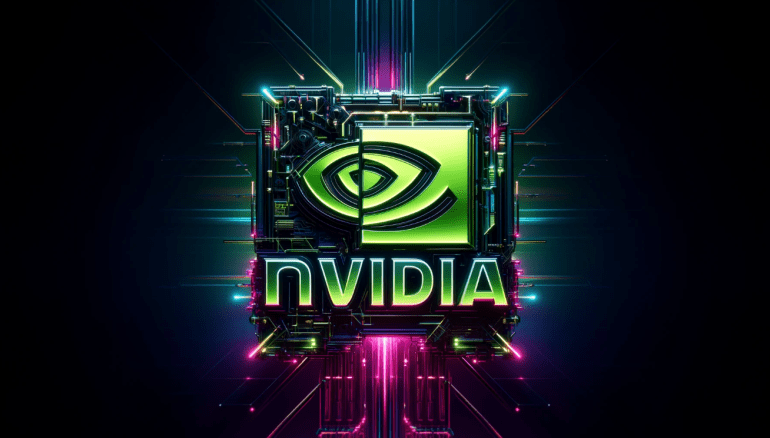- Nvidia garners praise from tech leaders for powering AI demonstrations and collaborations.
- Projected to report over 200% year-over-year revenue growth for the third straight quarter.
- Expected first-quarter revenue surge to $24.6 billion, driven by data center business.
- Net income forecasted to skyrocket over fivefold to $13.9 billion.
- Market value surges 91% this year, following a triple increase in 2023.
- Industry giants to invest $200 billion in capital expenditures, with a significant portion dedicated to AI infrastructure featuring Nvidia chips.
- OpenAI’s GPT-4o and Meta’s plans with 350,000 Nvidia GPUs highlight Nvidia’s pivotal role in AI development.
- Transition to Blackwell chips poses challenges amid expectations of client adoption pause.
Main AI News:
As we approach Nvidia’s earnings report this week, the buzz surrounding the tech giant continues to reverberate throughout AI circles. Just last week, OpenAI’s technology chief expressed gratitude to Nvidia CEO Jensen Huang for the pivotal role Nvidia played in powering the demonstration of their latest AI models. Following suit, Alphabet CEO Sundar Pichai emphasized Google’s enduring collaboration with Nvidia during Google’s annual developer conference, announcing plans for Google Cloud to integrate Nvidia’s Blackwell GPUs in early 2025.
This week, Microsoft, a key provider of servers to OpenAI, is poised to unveil groundbreaking AI advancements at its Build conference, all developed on Nvidia’s powerful GPU clusters. Nvidia, firmly positioned at the nexus of technological innovation, is expected to announce staggering year-over-year revenue growth exceeding 200% for the third consecutive quarter. Analysts project a remarkable fiscal first-quarter surge of 243% to a staggering $24.6 billion, with a substantial portion stemming from Nvidia’s data center business, catering to tech giants like Google, Microsoft, Meta, Amazon, and OpenAI.
Such exponential growth has translated into robust profitability for Nvidia’s AI suite, with net income forecasted to surge over fivefold from the previous year to a staggering $13.9 billion. The stock’s meteoric rise, soaring 91% this year following a tripling in 2023, underscores investors’ confidence in Nvidia’s trajectory.
Drawing parallels to Cisco’s pivotal role in the internet buildout of the 1990s, Dan Niles, founder of Niles Investment Management, foresees Nvidia as the linchpin of the burgeoning AI landscape. Niles predicts a three to fourfold increase in revenue over the next three to four years, aligning with a corresponding surge in stock value.
Notably, industry behemoths such as Google, Amazon, Microsoft, Meta, and Apple are poised to invest a collective $200 billion in capital expenditures this year, with a substantial portion earmarked for AI-specific infrastructure featuring Nvidia chips. OpenAI’s latest chatbot, GPT-4o, relies on Nvidia’s technology, while Meta’s ambitious plans to acquire and develop computers boasting 350,000 Nvidia GPUs underscore the pivotal role Nvidia plays in shaping the AI landscape.
Despite its newfound prominence in the AI domain, Nvidia’s roots lie in 3D gaming chips. However, a strategic pivot about a year ago signaled to investors the company’s transition to a period of unprecedented growth. While growth rates have surged, analysts anticipate a slowdown starting in the second quarter, with significant deceleration projected in subsequent periods.
Challenges loom on the horizon, particularly concerning the transition to Nvidia’s next-generation AI chips, the Blackwell series, slated for release later this year. Questions linger regarding client adoption, with concerns that the introduction of Blackwell-based chips may prompt a temporary pause in purchasing older Hopper GPUs.
Navigating these challenges will be crucial for Nvidia as it continues to solidify its dominance in the AI landscape. While short-term uncertainties persist, long-term prospects remain buoyant, affirming Nvidia’s pivotal role in driving the AI revolution.
Conclusion:
Nvidia’s continued dominance in the AI sector, evidenced by unprecedented revenue growth and widespread industry collaboration, signifies a paradigm shift in technological innovation. The company’s pivotal role in powering AI advancements underscores its significance in shaping the future of computing. However, challenges regarding market transition to next-generation chips necessitate strategic adaptation to maintain momentum in an increasingly competitive landscape.

